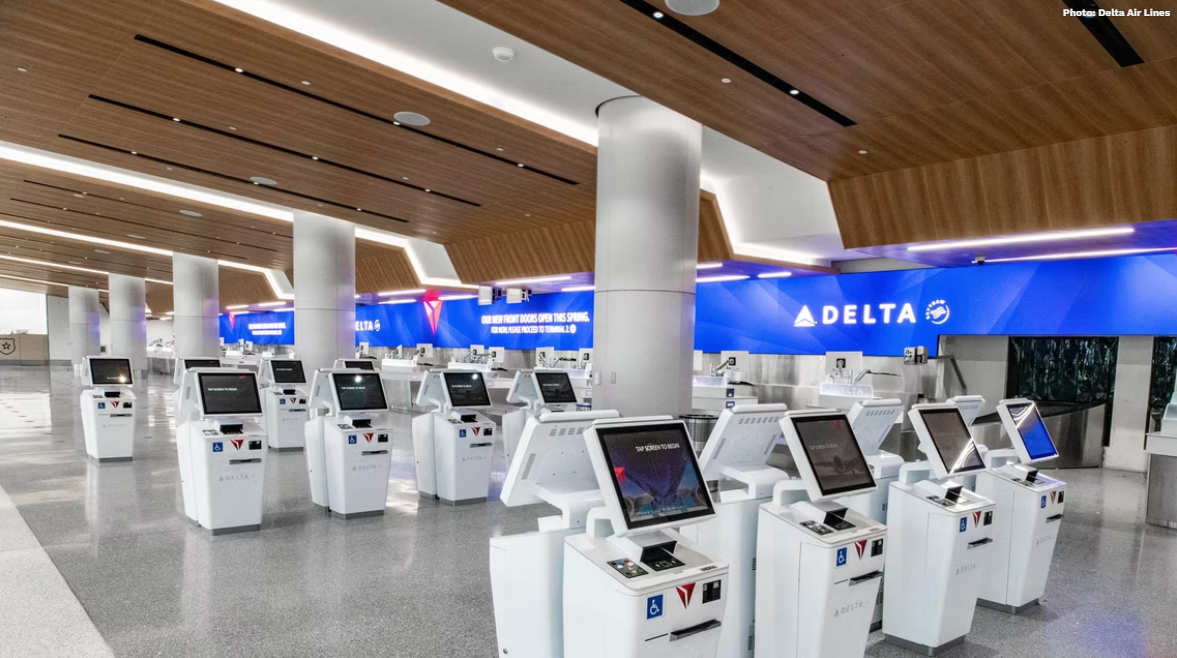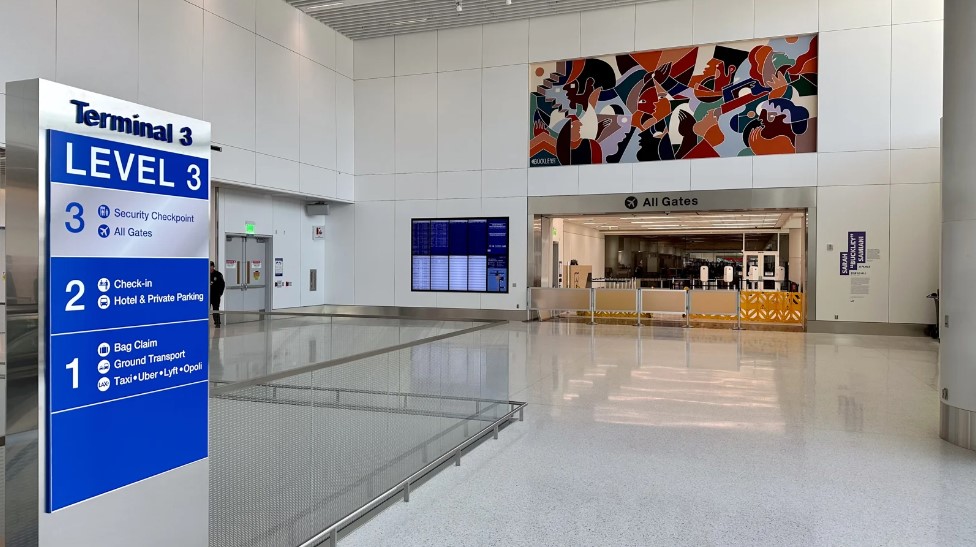Project Stats
Construction Completed
2019
Construction Status
Completed
About
The modernization of Terminals 2 and 3 represents a $2.3 billion joint investment between Los Angeles World Airports and Delta Air Lines to upgrade one of the airline’s key global hubs. Opening in phases since 2022, the project was delivered 18 months ahead of schedule and on budget.
The final section of the project – a new direct post-security connection between the upper floors of Terminal 3 and Tom Bradley International Terminal – enables guests to conveniently journey between Terminals 1 and 8 without having to exit the terminal and re-enter through Transportation Security Administration (TSA) screening areas. This new post-security connectivity provides access to connecting flights and an abundant collection of offerings including food and beverage concessions, shopping and entertainment experiences, lounges, children's play areas, pet relief stations and more.
Terminal 3, a $1.2 million-square-foot, 27-gate complex, debuted in April 2022, featuring a centralized check-in lobby, expanded security checkpoint and baggage claim area, as well as a state-of-the-art Delta Sky Club, one of the largest in Delta’s portfolio. Nine additional new gates, new concessions and spacious seating areas opened to customers in October 2022.
In May 2023, Terminal 3's West Headhouse opened, providing another entry point for guests to check into flights and proceed through TSA screening. This new addition offers guests advanced self-service kiosks that make checking in luggage and printing boarding passes simple and user-friendly.
The project features sustainability elements that include: low-flow water fixtures; recycling of over 75% of construction waste; low-emitting materials for interior spaces to maintain indoor air quality; and a “cool roof” to reduce “heat-island effects” and maximize efficiency of energy used for air-conditioning.
Terminal 2 and 3's modernization included substantial representation from the local workforce with more than 2,000 workers – or 30 percent of the project team – coming from local communities.





